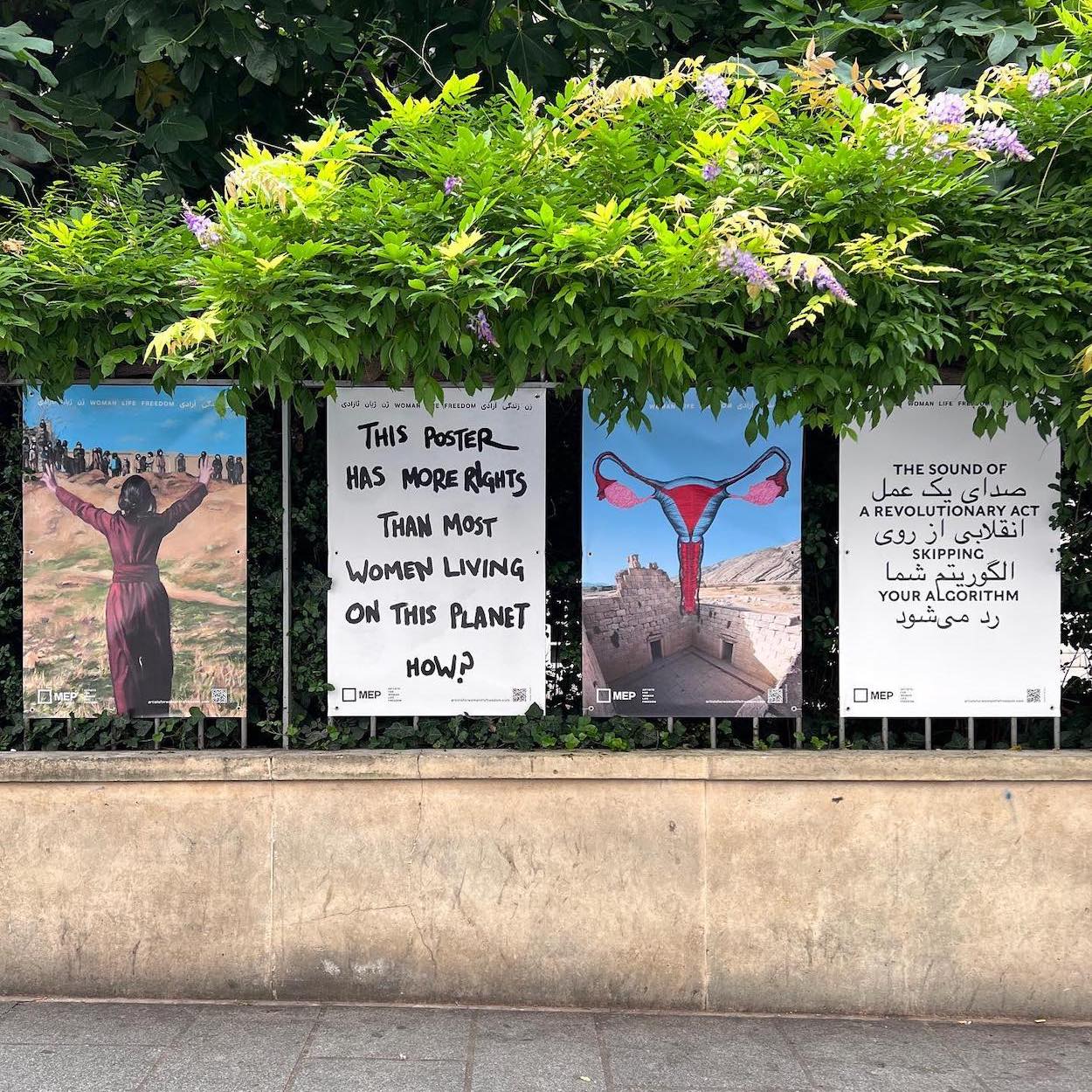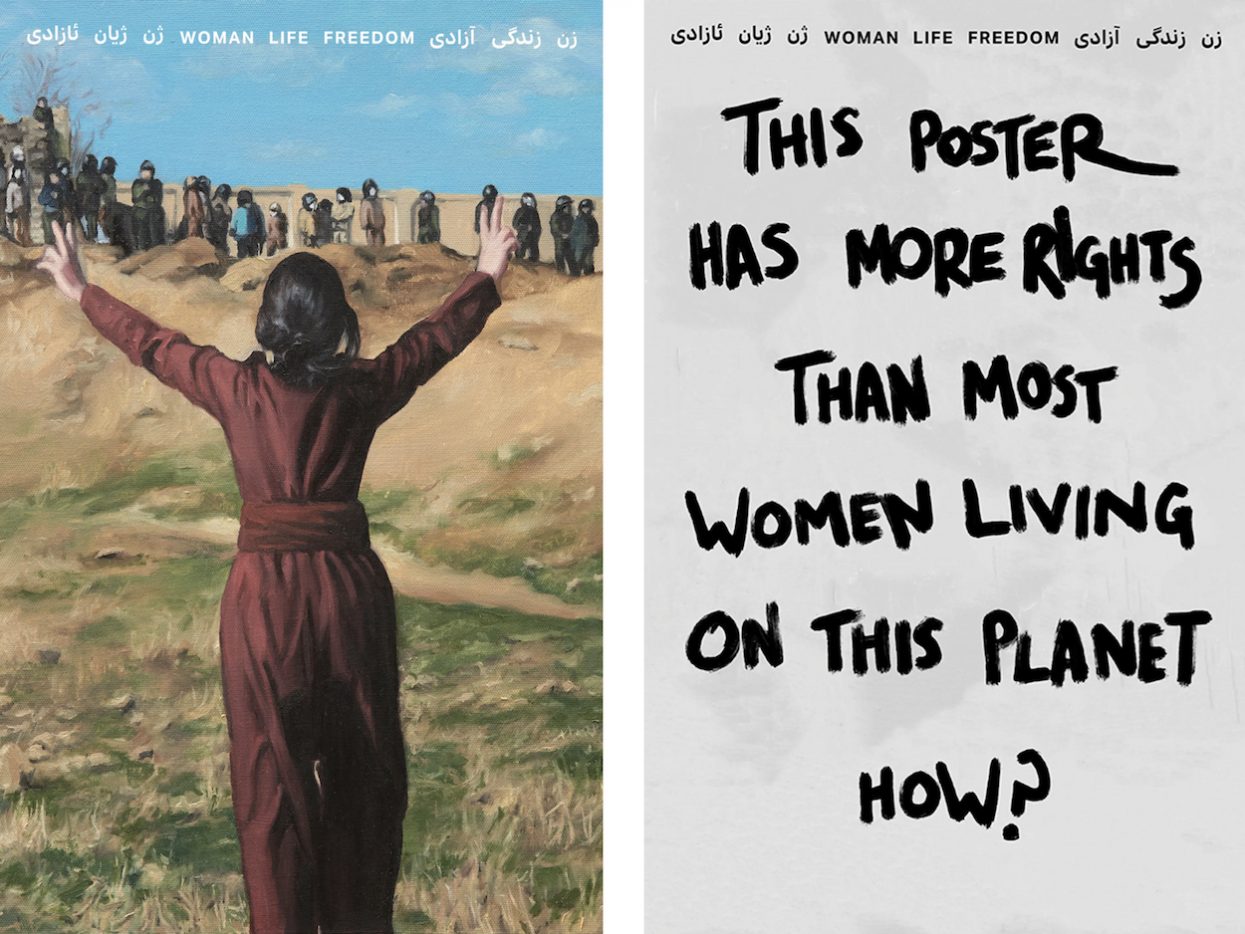Saturday marked a year since Mahsa Amini, a 22-year-old Kurdish woman, died in the custody of Iran’s morality police on allegations of violating the country’s strict hijab law. “Her vicious and unjust murder unleashed a lot of pent-up rage,” the Iranian artist Shirin Neshat told Harper’s Bazaar after Amini’s death, which stirred the world’s conscience and ignited months-long protests led by women and girls. “It was almost like the women of Iran had been waiting for something to happen.” Across the country, women publicly unveiled and demanded an overhaul of the government in what some deem as the most serious challenge to the Islamic Republic since they took power in 1979. A violent crackdown ensued—security forces arrested thousands and killed at least 500 protesters, including children and teenagers.
The phrase “woman, life, freedom” became a rallying cry during the protests, and its message continues to reverberate as the Iranian fight for liberation soldiers on. To commemorate the anniversary of Amini’s death and highlight the work ahead, four artists—Koushna Navabi, Anahita Razmi, Abbas Zahedi, and Hadi Falapishi—have unveiled posters on the streets of Edinburgh, Paris, and Dublin underscoring the slogan’s message of defiance. The project was initiated by Artists for Woman Life Freedom, an organization founded by Navabi that partners with museums to display public artwork raising awareness of Iranian dissent and resistance.



